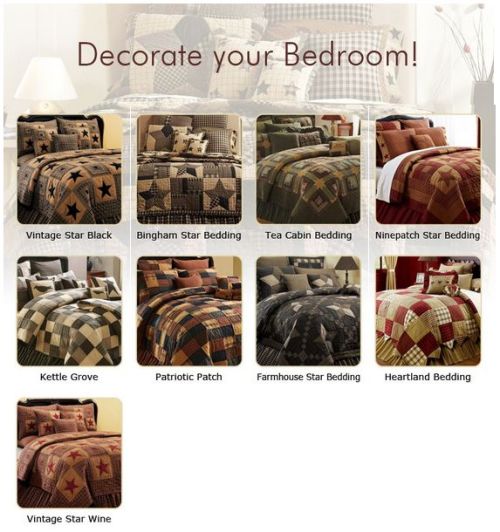Questions to ask before you get started...
Do you have things you want to incorporate but don't know how? Is lighting a challenge? Do you want the room to serve more than one purpose? (For example, would you like to have a space for working, reading, or exercise?)

image source: homefill.com
What relationship does the paint color have with other aspects of the room? How will you take separate components and make them work together as a whole?
Getting started...
Find one meaningful piece to start you off with a theme for the rest of the room. This could be a headboard, a bedding set, a pair of bedside tables, or a sentimental piece like an antique dresser or hutch. An area rug can be used to anchor, or connect pieces of the room together.
 image source: distroarchitecture.com
image source: distroarchitecture.comConsider gathering your smaller accessories all into one staging area instead of scattering them throughout the room.

image source: decoratingfiles.com
Mirrors can often create the illusion of more space in a smaller room. Similarly, limiting the number of accessories, and instead incorporating one or two large accessories can also make a smaller space appear larger.

image source: buzzfeed
A large light source like a floor lamp, overhead track lighting, or a chandelier may eliminate the need for a bunch of smaller table lamps in the room and free up space for other accessories.

image source: artdata.net
Alternatively, if you have a large bedroom, a variety of light sources can help divide the room into several smaller spaces. Think beyond table lamps! Wall sconces and lanterns can make the atmosphere more rustic and cozy.

Here are some of our other home makeover blog posts...
- Home makeover, Harvest edition
- A guest-room makeover in 6 easy steps
- Bathroom makeover
- Functional AND stylish kitchen decor
- Deck the windows
- Kilimanjaro + decorating with bold colors
- Aberdeen + a summer decor link roundup
- Kingston rugs + cheap and easy redecorating tips
- Coffee braided rugs and some DOs and DON'Ts

No comments:
Post a Comment